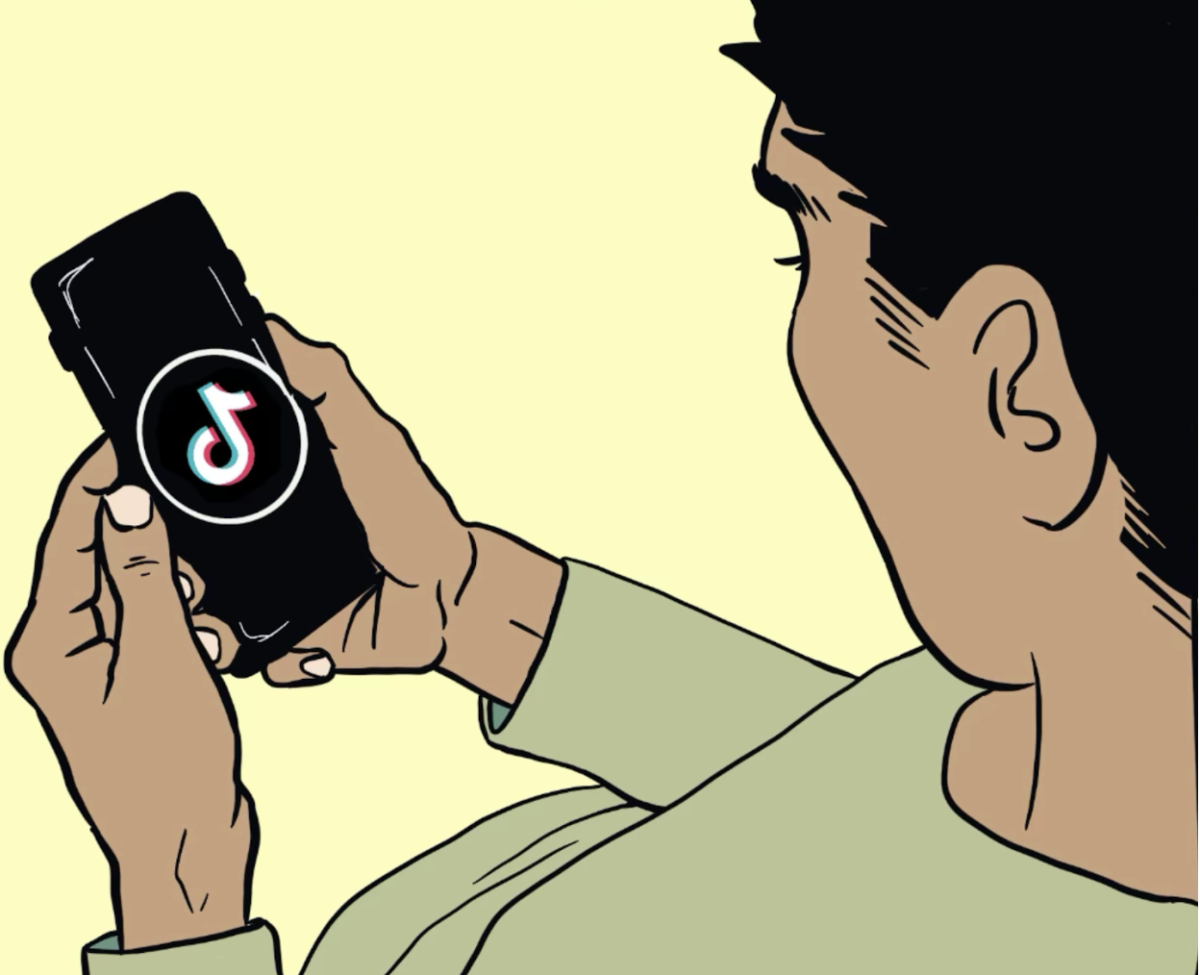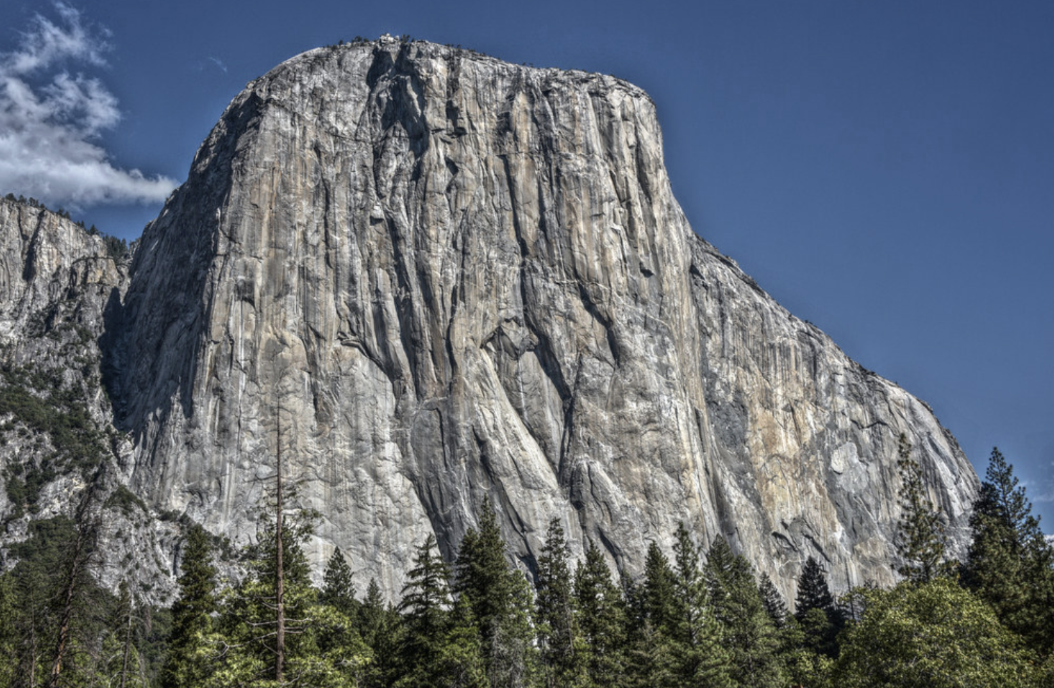Zoe Newcomb
News Editor
San Francisco is arguably most well-known for the two major earthquakes that have shaken up the Bay Area — one in 1906 that is notorious for widespread looting and destructive fires and another in 1989 that postponed Game 2 of the World Series.
For a region plagued by seismic activity, one would think that San Francisco would have the most high tech and advanced earthquake preparedness plan out there — but that’s not the case.
The San Andreas Fault that runs through the Bay Area forms the boundary for the Pacific and North American tectonic plates, and is responsible for the “earthquake country” nickname that California has garnered over the years. The San Andreas runs 1300 miles along the North American west coast, however the San Francisco Bay Area is unique for the significant number of “sister faults” that run throughout the area.
San Francisco officials’ feeble attempt at protecting their city is concentrated almost entirely into www.72hours.org, a Web site that seeks to help families prepare for the aftermath of the next big one. The Web site also provides access to the handy AlertSF notification system that will send texts to your mobile device just in case you fail to notice that the earth is shaking.
In addition, San Francisco has a citywide alert system that will sound sirens in the event of an earthquake or any other natural disaster.
Theoretically, this is a great plan. San Franciscan’s have access to all the information they need to prepare and protect themselves. The only problem is nobody really knows about it. Every so often a bus will drive by advertising 72hours, but the name is not self-explanatory and the advertisements hardly impel anyone to check out the site.
If a 1906-scale earthquake hit San Francisco, the results would be disastrous. Not only is the city 10 times more populous than it was a hundred years ago, but new technology like airport runways and public transportation would not hold up.
In light of the recent high-profile earthquakes in Haiti and Chile, the City and County of San Francisco has linked its All-Hazard Strategic Plan Update to the emergency response portion of its Web site.
The good news is the city has secured funding and approval to revise the citywide earthquake plan and fix major loopholes. The bad news is that this revisal is completely theoretical considering it has not begun and has no start date in sight.
It has been 21 years since a major earthquake has hit the Bay Area, and an entirely new generation of San Franciscans can hardly even comprehend what a large-scale earthquake even means. Most people have bigger things to worry about than making sure they have canned food and water. The likelihood of the next big one hitting tomorrow is pretty slim.
But someday, that major earthquake will come and people won’t know what to do next. Now is the time for officials to make sure the city is prepared, and for citizens to visit 72hours and get organized.
It wouldn’t even hurt to sign up for AlertSF. It is better to safe than sorry.







